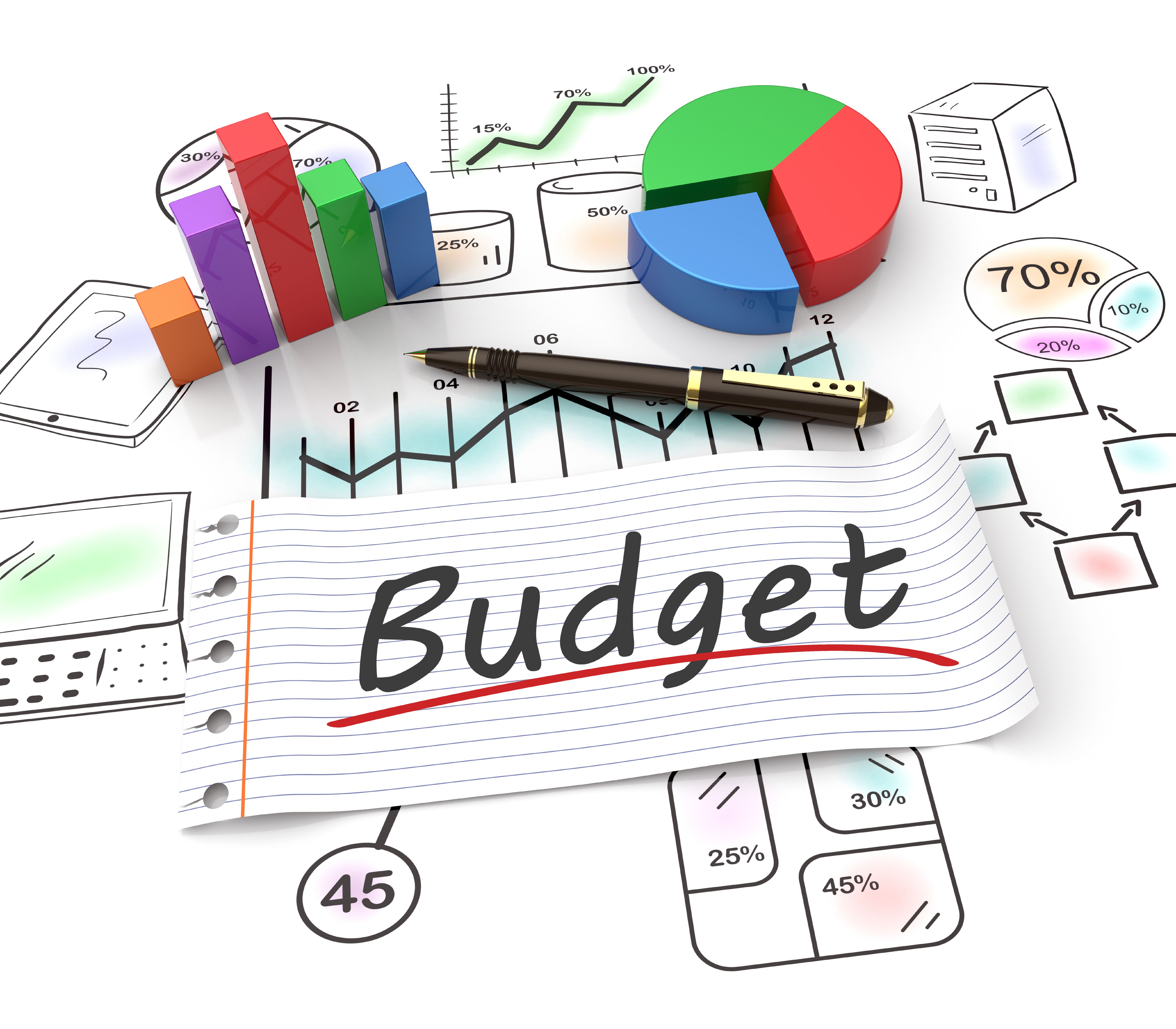Deductibles: What You Need to Know
What is a Deductible?
In the realm of insurance, a deductible is the amount of money you, the policyholder, are required to pay out of pocket before your insurance coverage kicks in. Understanding how deductibles work is crucial as they can significantly impact your finances and the overall cost of your insurance policy.
Deductibles are commonly found in health, auto, and home insurance policies. They serve as a way to share risk between the insurer and the insured. By agreeing to pay a deductible, you can often lower your premium, which is the amount you pay for your insurance policy.

How Deductibles Work
When you file a claim, your deductible is subtracted from the total amount covered by your insurance. For example, if you have a deductible of $500 and your insurance claim is for $2,000, you will first pay $500 and then your insurance will cover the remaining $1,500.
This system encourages policyholders to avoid making small claims and only use insurance for larger expenses. It also helps insurance companies keep premiums more affordable by reducing the number of claims filed.
Types of Deductibles
There are generally two types of deductibles: fixed and percentage-based. A fixed deductible is a set amount, such as $500 or $1,000, regardless of the claim amount. In contrast, a percentage-based deductible is calculated as a percentage of the total claim amount or the insured value.

Choosing the Right Deductible
Selecting the right deductible is a matter of balancing potential out-of-pocket costs with the affordability of your premium. Higher deductibles usually mean lower premiums, while lower deductibles come with higher premiums. Consider how much you can afford to pay upfront in case of an emergency when deciding on a deductible.
Evaluate your financial situation and risk tolerance. If you have substantial savings and prefer lower premiums, a higher deductible might be suitable. Conversely, if immediate access to cash is a concern, you might opt for a lower deductible.
Impact on Premiums
The relationship between deductibles and premiums is inversely proportional. By increasing your deductible, you can typically reduce your premium costs. This trade-off allows you to manage your monthly expenses more effectively while still maintaining necessary coverage.

Understanding Deductible Limits
Most policies have limits on deductibles. It's essential to understand these limits to avoid unexpected expenses. Familiarize yourself with both your per-claim deductible and any annual limits that may apply to ensure you're adequately prepared for any situation.
Be aware that different types of claims might have different deductible requirements within the same policy. For example, a home insurance policy might have one deductible for wind damage and another for theft.
The Role of Deductibles in Risk Management
Deductibles play an essential role in managing risk for both insurers and policyholders. By sharing the cost, deductibles help reduce frivolous claims and encourage responsible behavior. This system ensures that insurance remains accessible and affordable for those who need it most.
In conclusion, understanding deductibles is crucial when selecting an insurance policy. By considering your financial situation and potential risks, you can choose a deductible that balances coverage with affordability.
